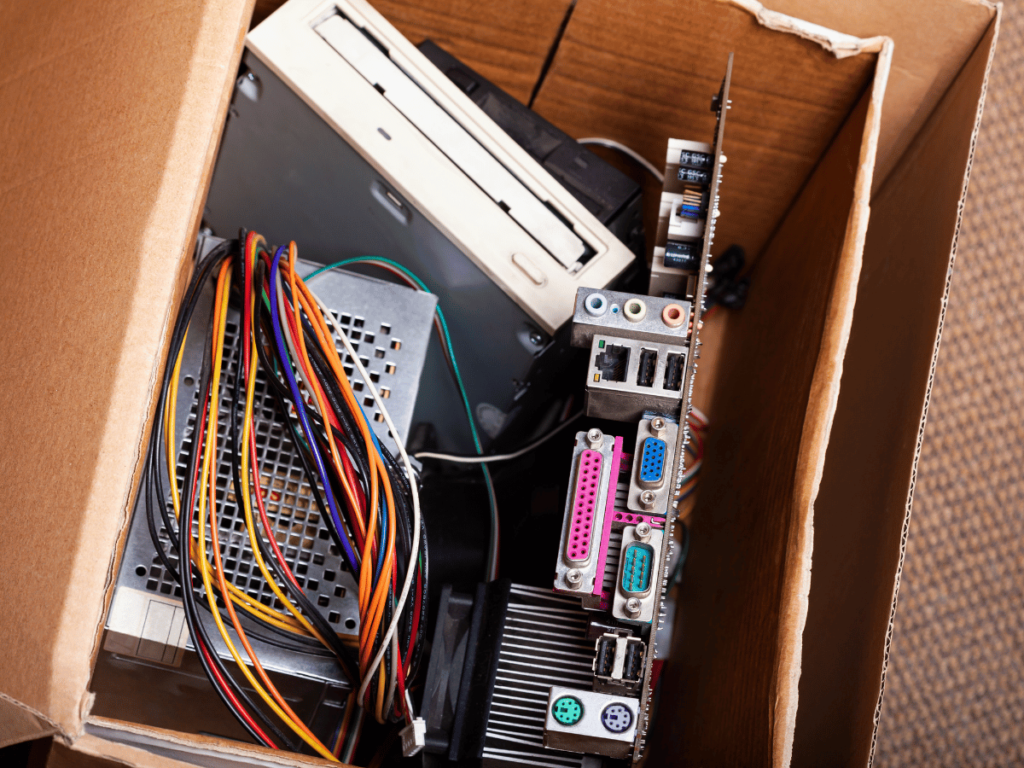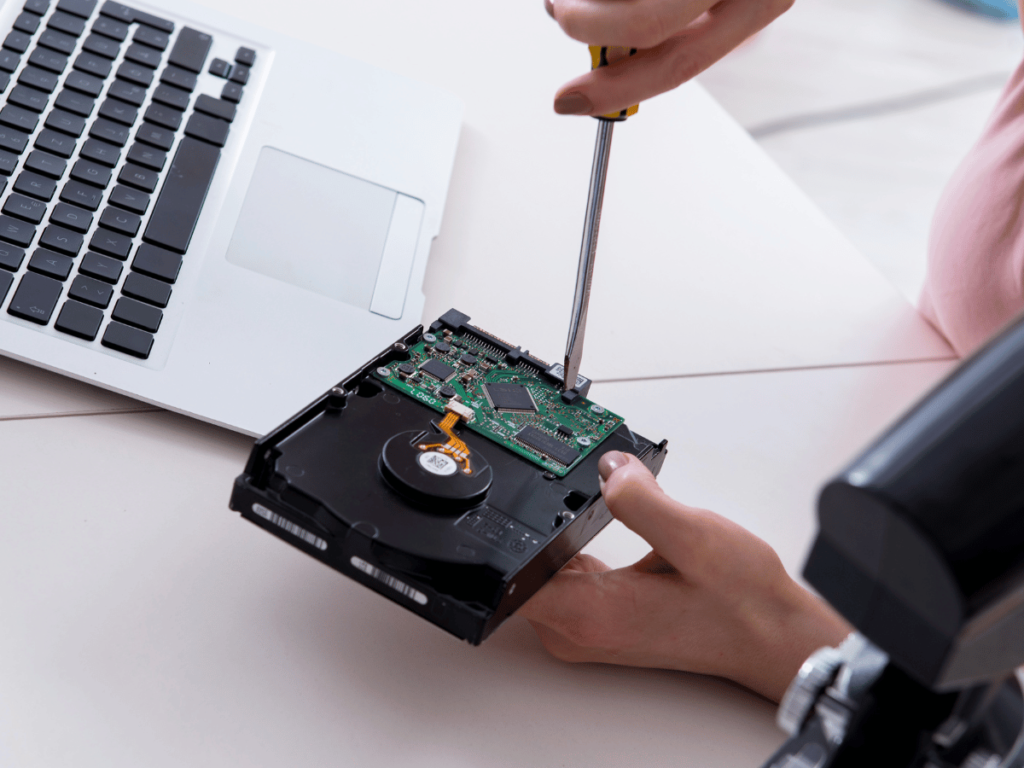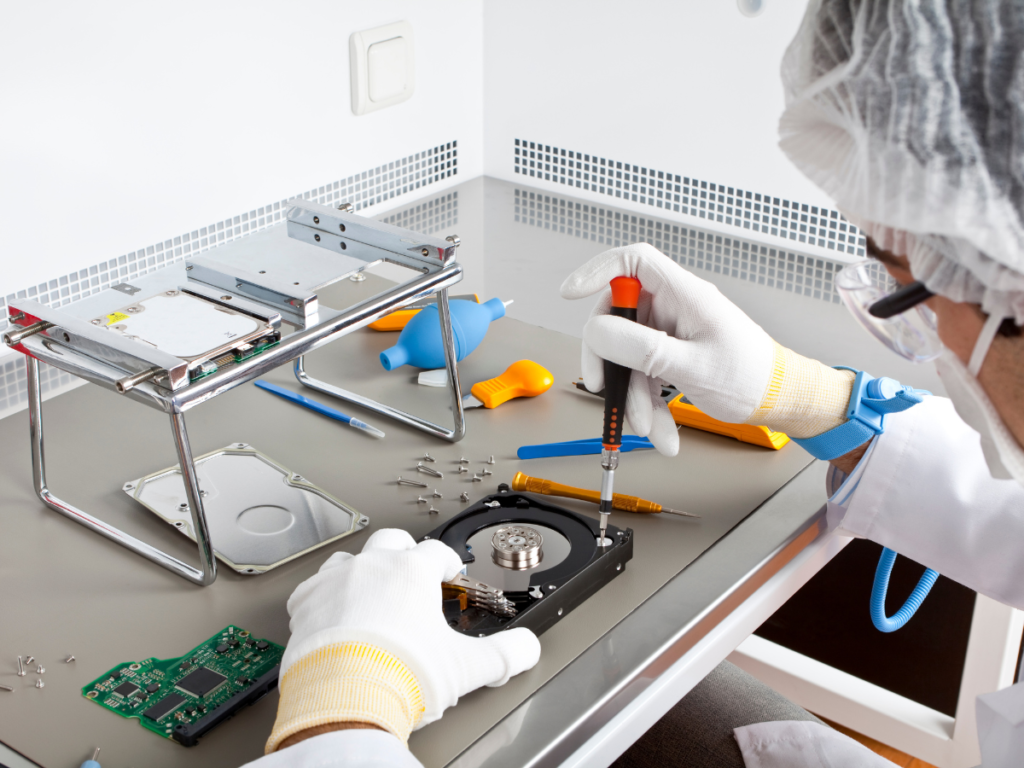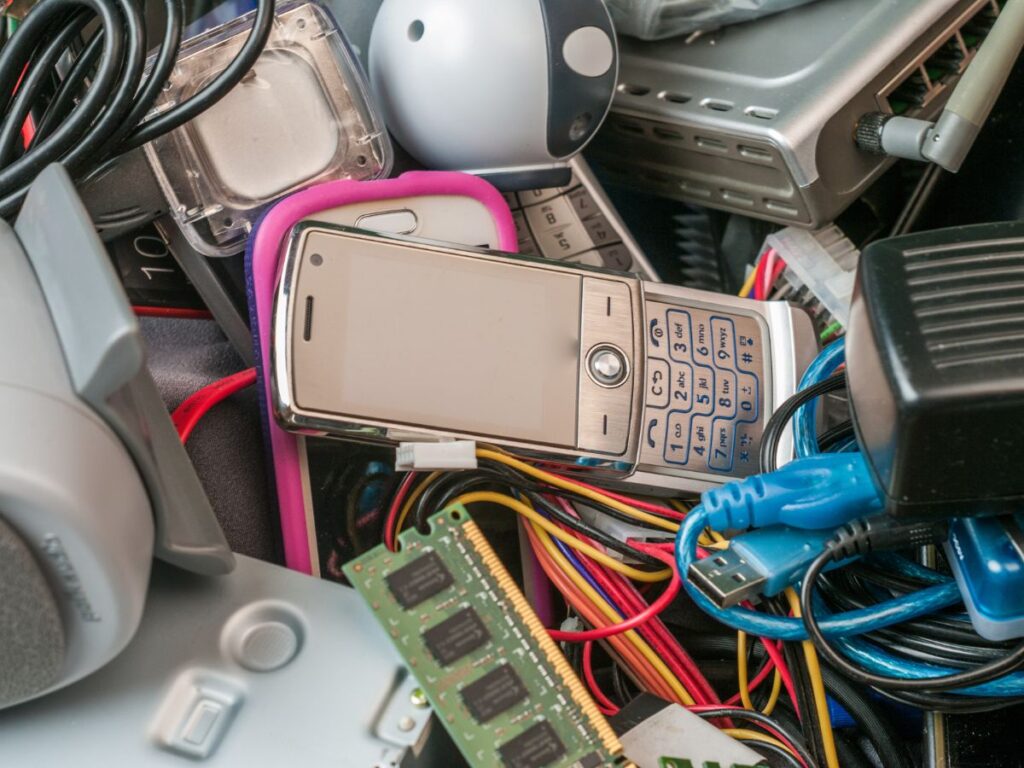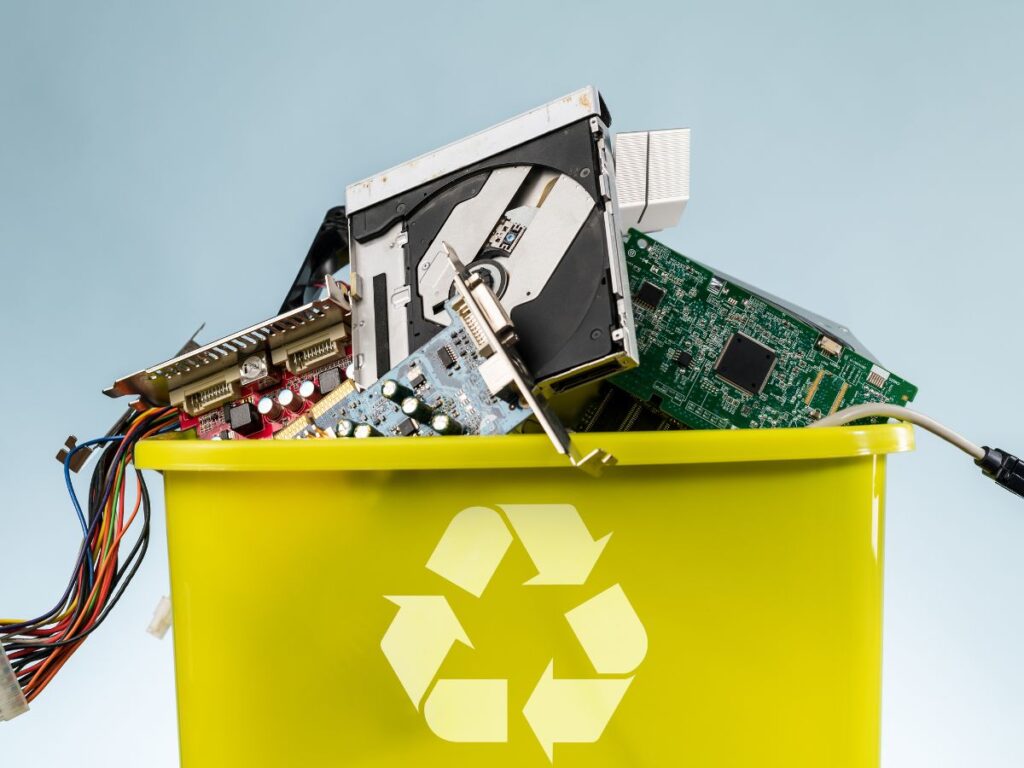The Top Questions to Ask Before Hiring an IT Asset Disposition Provider
When corporations improve their IT system, it is vital to nicely cast off out of date property. Providers of IT Asset Disposition (ITAD) useful resource in ensuring environmental duty, regulatory compliance, and statistics safety. However, not every IT asset disposition provider Canada provides the same kind of support. By asking relevant inquiries before hiring one, you may shield your company from legal issues and security threats. How Can Data Security Be Guaranteed? One of the most influential factors when disposing of IT assets is data security. Examine their data disposal policies to prevent improper access to private information. Respectable ITAD firms provide reducing techniques, certified data wiping, and physical hard drive removal. Make sure they give a certificate of data destruction for compliance and adhere to industry standards such as NIST 800-88 or DoD 5220.22-M. After I dispose of my IT assets, what happens to them? Gaining insight into an ITAD provider’s disposition of discarded assets is essential. Some providers sell repaired equipment and others that recycle environmentally friendly materials. Make sure they don’t export dangerous products unlawfully or dispose of e-waste in landfills. A supplier who has a well-defined sustainability policy will complement your corporate social responsibility objectives. Which IT Resources Are Acceptable? Verify that the ITAD provider you are considering can manage the kinds of IT equipment you need to get rid of. While some businesses only sell specialized hardware, such as desktops, servers, and laptops, others also take storage units, networking equipment, and mobile devices. Their ability to effectively handle your disposal demands is ensured by their knowledge of their breadth of service. Are You Able to Remarket IT Assets? After being used for the first time, some IT assets still have value. Remarketing services from an ITAD provider might assist you recoup a portion of your funding by means of reselling devices via safe channels. Are You Offering Off-Site or On-Site Services? Businesses have varying logistical and security requirements. Some ITAD organizations provide on-site deletion of facts offerings, permitting you to witness the method in motion. Others move assets for disposal to a safe area. Knowing their system allows you to select the issuer that excellent meets your security desires. Which Environmental Responsibility Policy Do You Have? Given the extensive environmental impact of e-waste, ITAD providers ought to adhere to ethical recycling standards. Inquire about their lead, mercury, and lithium handling procedures as well as their submission with zero-landfill statutes. Corporate sustainability initiatives are supported and environmental concerns are decreased when an ITAD supplier is dedicated to green disposal practices. Which Payment and Pricing Models Do You Offer? Cost is a factor in every ITAD provider selection. Ask about their price policy, including whether they offer flat-rate services or charge by the item. Ask about any extra fees for transportation, on-site services, or data erasure. Additionally, some suppliers provide revenue-sharing plans for assets that are resold, which can assist defray disposal expenses. How Is the Chain of Custody Managed? IT assets are appropriately tracked and managed during the disposal process thanks to a secure chain of custody. Find out if they provide real-time tracking, how they record asset transactions, and what security precautions they take to guard against theft or data leaks. A clear chain of possession guarantees responsibility and lowers risks. How Can the ITAD Process Be Monitored and Compounded? Complete traceability of IT asset disposition is necessary to guarantee compliance. Inquire as to whether the supplier provides comprehensive tracking, which includes asset tags, inventory reports, and serial number records. Additionally, a trustworthy supplier ought to provide certificates of data destruction and disposal for your documents. Conformity with regulations and internal audits benefit from having these reports. Conclusions Protecting your company from data breaches, fines from the government, and environmental damage requires hiring the proper ITAD provider. You can guarantee the safe, responsible, and economical disposal of your IT assets by posing these important questions. Searching for a reliable IT asset disposition provider Canada? E-Scrap Canada offers certified, safe, and ecologically friendly IT asset disposal services. Speak with us now to find out more!


